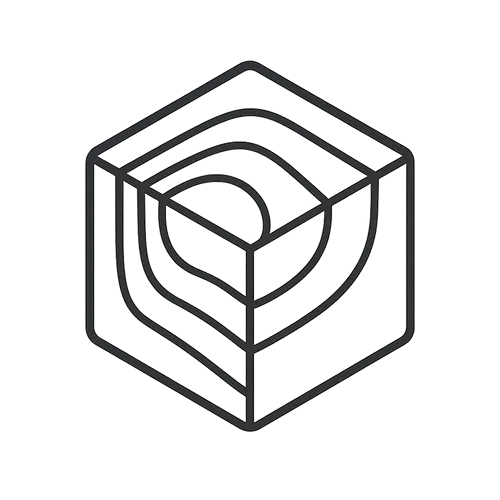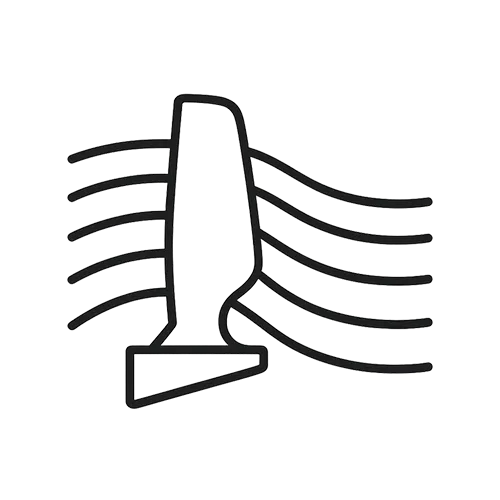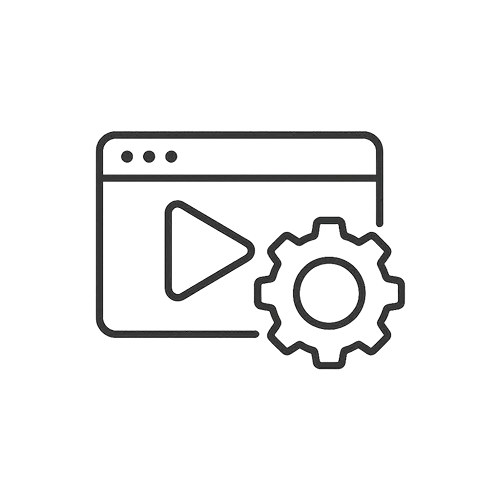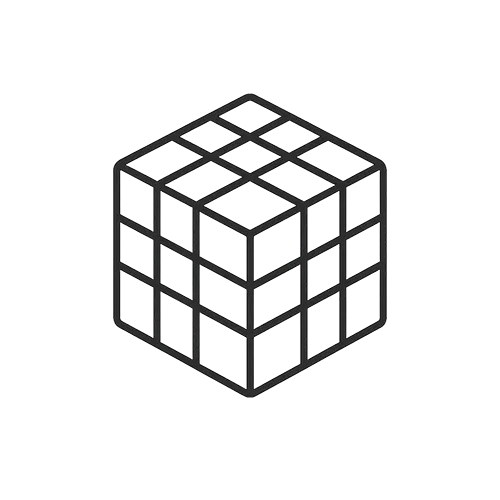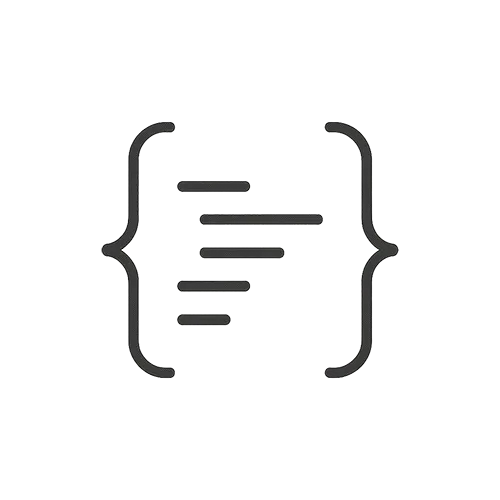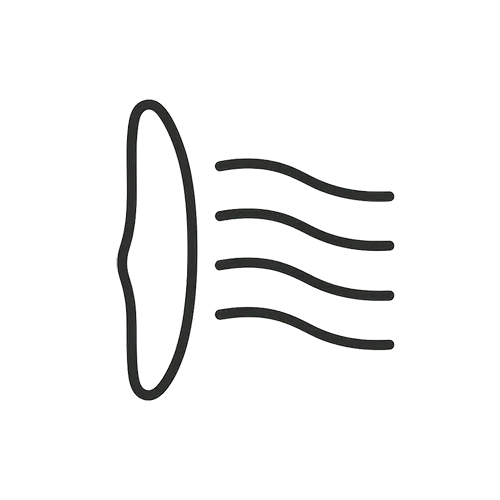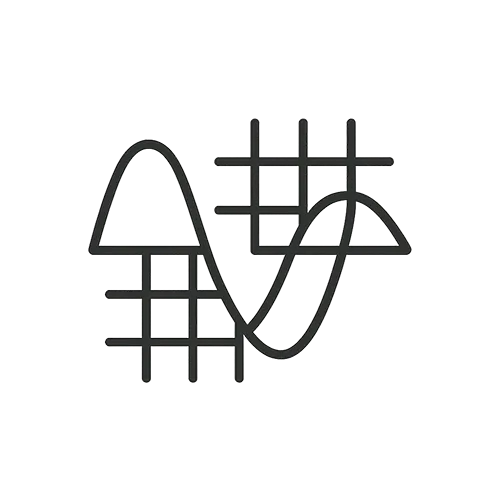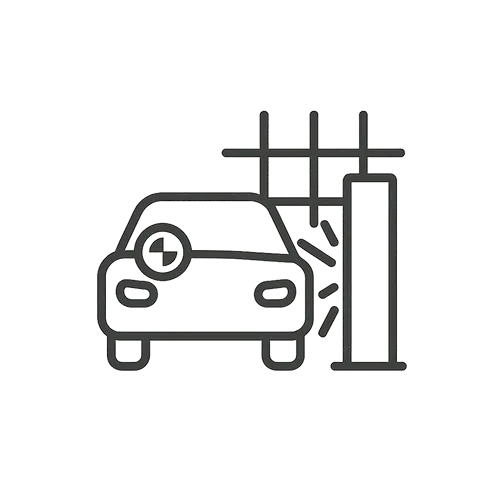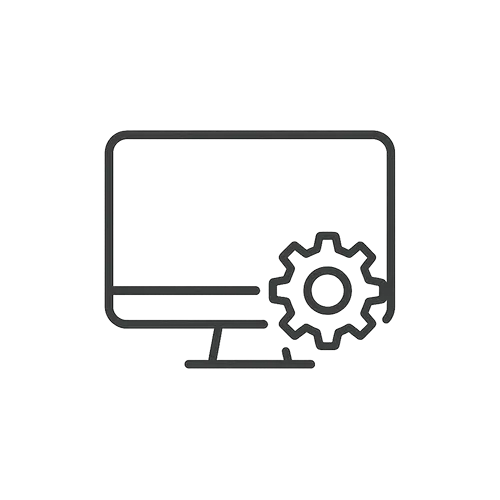Crack identification in concrete by using piezoelectric(PZT)

Crack identification in concrete using piezoelectric materials (PZT) is a non-destructive evaluation (NDE) technique that leverages the unique properties of piezoelectric transducers to detect and monitor structural damage 🔎 Introduction to Crack Identification in Concrete Using PZT Concrete is one of the most widely used construction materials due to its strength and durability. However, over […]
Fire analysis of a timber beam-sequential method
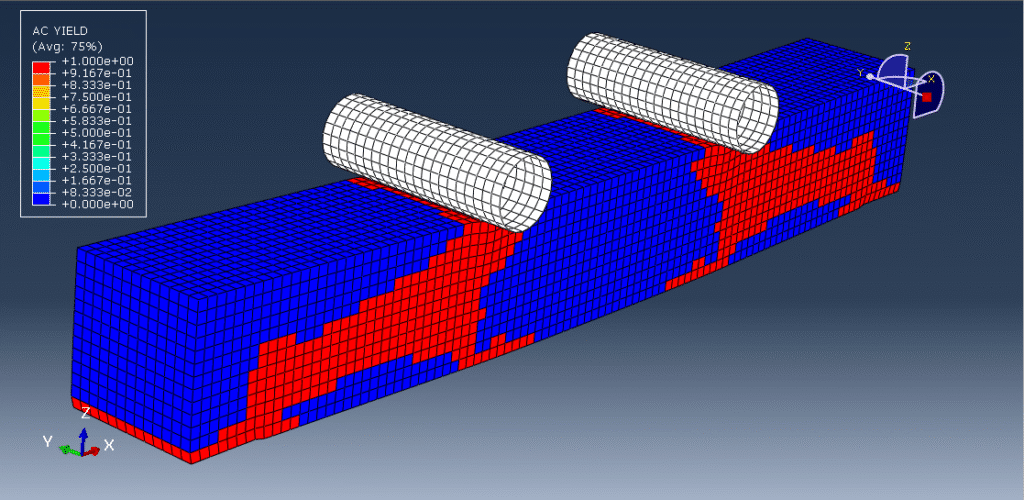
🔥 Introduction to Fire Analysis of Timber Beams Timber is a widely used construction material known for its sustainability, ease of handling, and aesthetic appeal. However, being an organic material, timber is combustible, and its behavior under fire conditions is a critical factor in structural design. Fire analysis of a timber beam involves assessing how […]
Cold Spray analysis of Depositing Al-Based Metallic Coatings onto PEEK Polymer Substrate
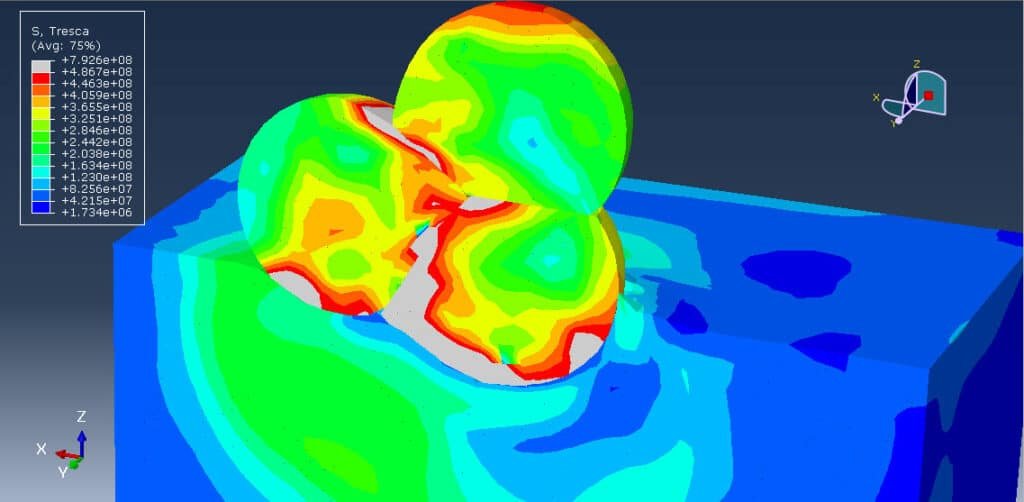
Introduction The integration of metal coatings with polymer substrates has become increasingly important in advanced engineering applications, especially in aerospace, automotive, and electronics industries. Among various polymers, Polyetheretherketone (PEEK) stands out due to its excellent mechanical strength, chemical resistance, thermal stability, and biocompatibility. However, to enhance its surface functionality—such as electrical conductivity, thermal management, and […]
Johnson–Holmquist-II model of annealed glass in the dynamic compression test
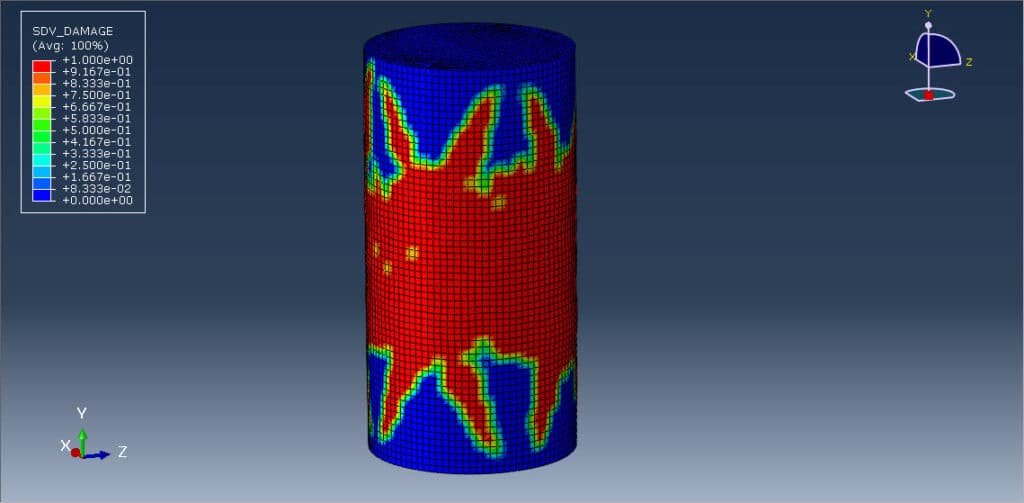
The Johnson–Holmquist-II (JH-2) model is a widely used constitutive model for predicting the behavior of brittle materials, such as annealed glass, under high-strain-rate conditions, including dynamic compression tests, impacts, and explosions. It was developed by G. R. Johnson and T. J. Holmquist to address the limitations of traditional material models in capturing the complex response […]
Blade creep study with side-by-side built-in vs custom creep models
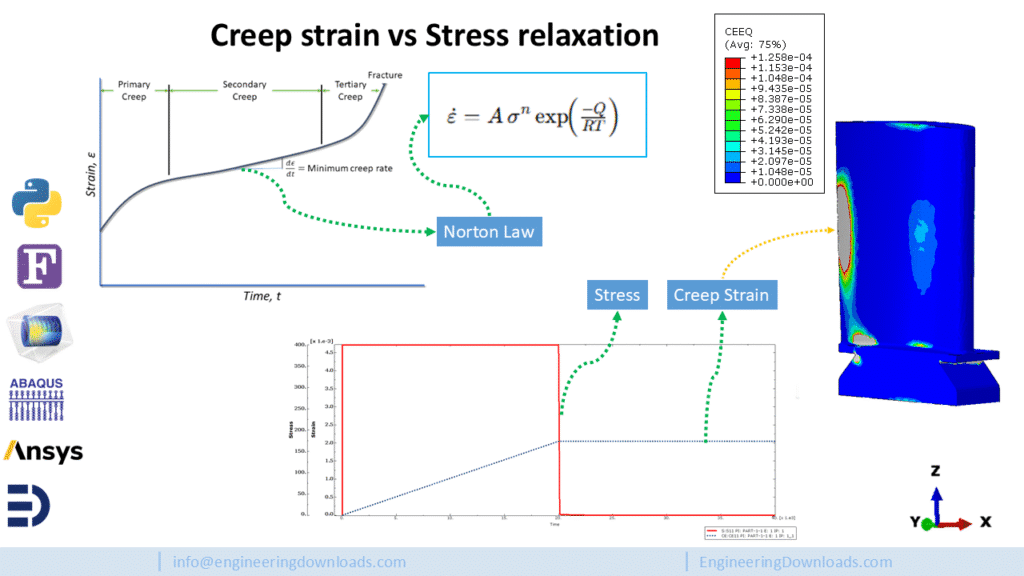
This CAE demonstration shows a single blade model where you can directly compare a built-in strain-hardening creep material and a custom CREEP subroutine in the same simulation workflow, focusing on blade creep behavior. The study follows a two-step workflow (thermal → creep) and delivers full thermo-mechanical outputs so engineers can evaluate differences in distribution, deformation, […]
Analysis of the blast protection wall system( wood cover-soil)
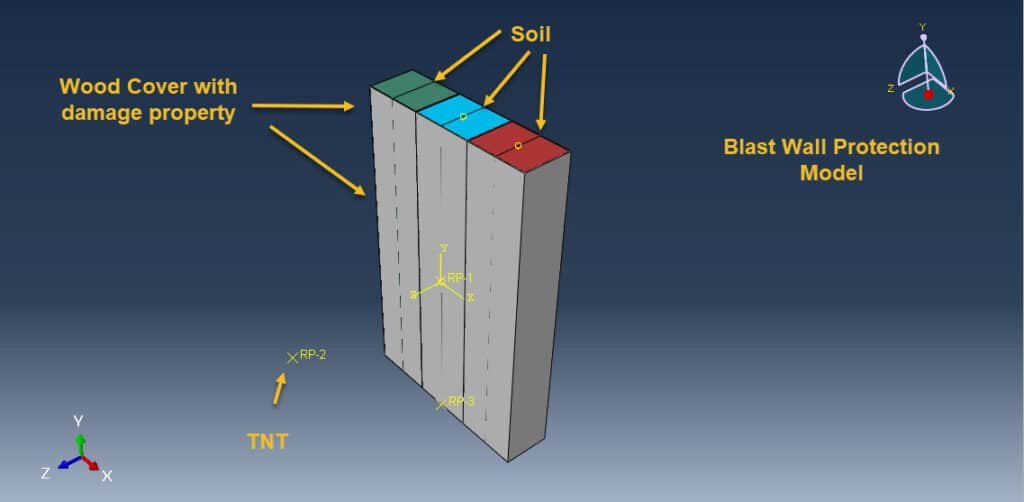
Terrorism has become a major challenge for the world. Terrorist organizations have raised their activities and their attacks in recent years using explosives. These attacks have left numerous numbers of victims, wreaked massive havoc on basic infrastructure, and increased global concern about the nature of these attacks. Blast wall protection systems can provide a required […]
Analysis of CFRP for seismic strengthening of the RC column
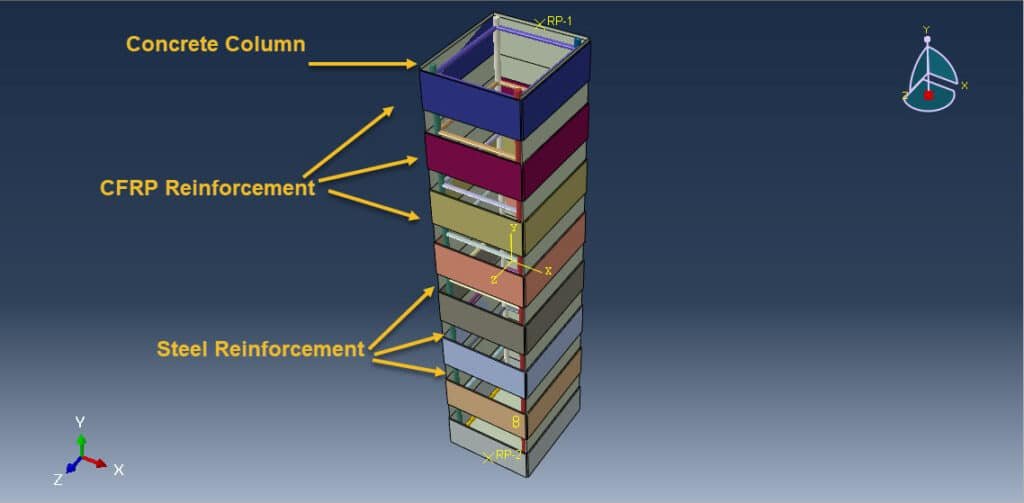
Introduction Reinforced Concrete (RC) columns are vital structural components in buildings and infrastructure. During seismic events, these columns are subjected to complex loading that can lead to cracking, spalling, or even failure. Traditional retrofitting techniques like steel jacketing or concrete encasement can be labor-intensive, costly, and add significant dead load. Analysis of CFRP for seismic […]
Analysis of the laced reinforced concrete with wood cover under air blast load
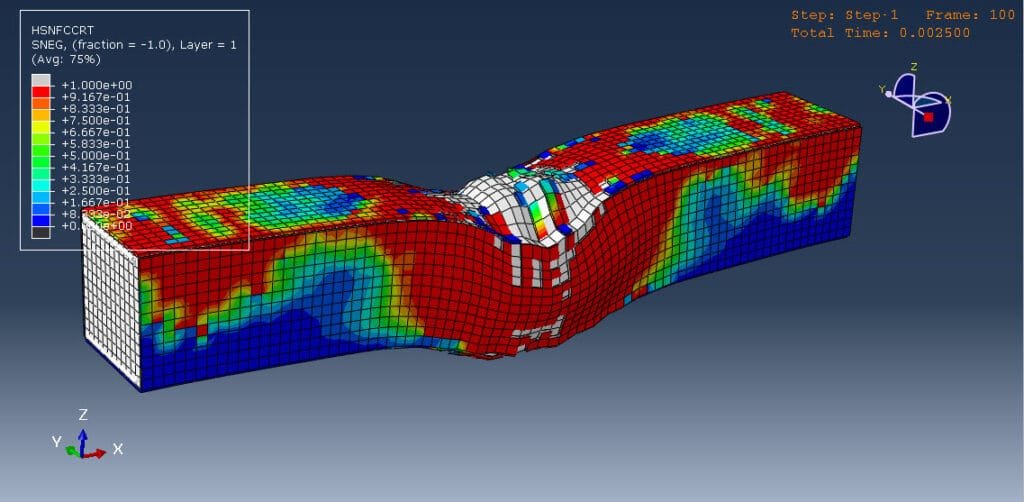
Introduction The structural performance of buildings and protective systems under extreme loading conditions, such as air blast loads, has become an area of critical interest, particularly for infrastructure security, military applications, and high-risk industrial facilities. One innovative solution to enhance the blast resistance of concrete structures is the use of laced reinforced concrete (LRC) combined […]
Compression test of middle long CFST column with inner I-shaped CFRP Profile
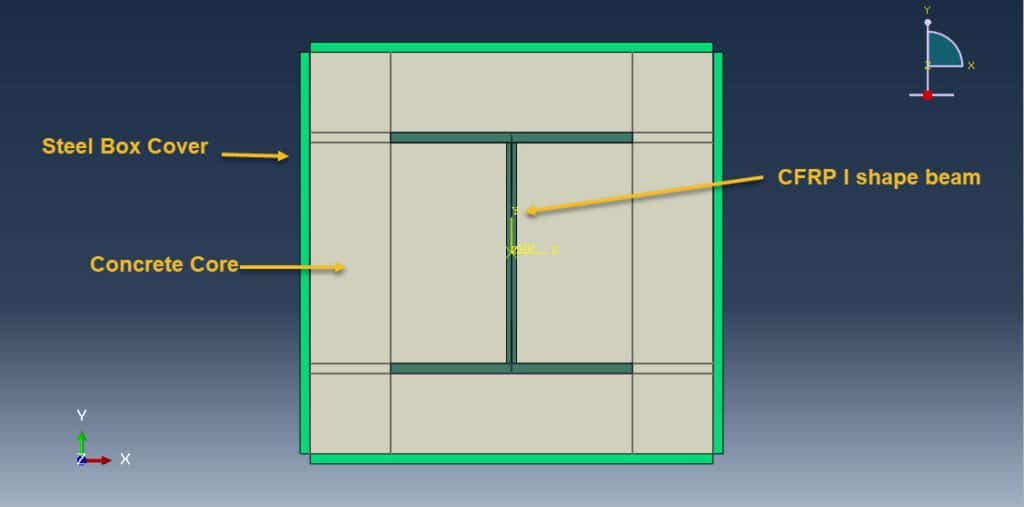
Introduction Concrete-Filled Steel Tube (CFST) columns are widely utilized in modern structural engineering due to their superior axial load-bearing capacity, ductility, and fire resistance. These composite members synergize the compressive strength of concrete and the confinement effect of the surrounding steel tube, making them highly effective in high-rise buildings and bridge piers. To further enhance […]
Bending test analysis of an aluminium-timber composite beam
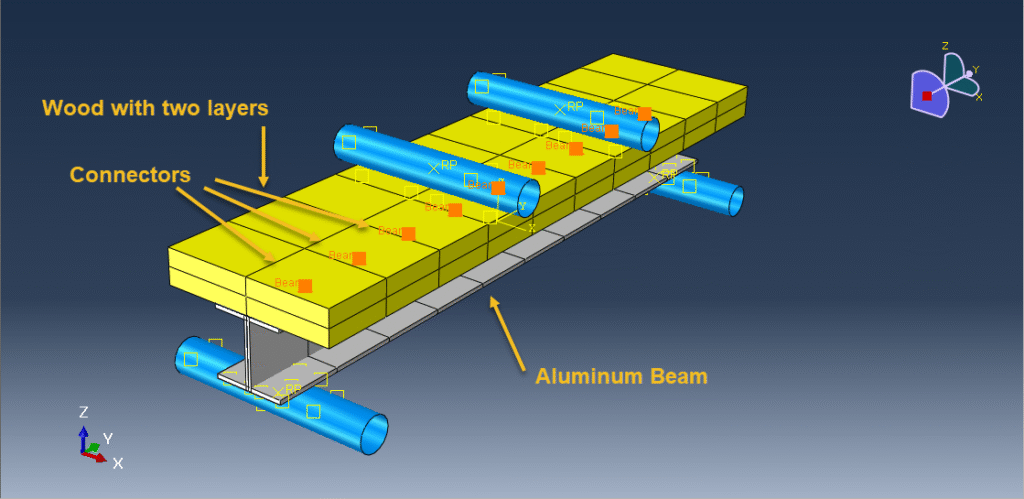
Introduction Composite beams, made by combining two or more distinct materials, offer unique mechanical advantages by utilizing the strengths of each constituent. One such example is the aluminium-timber composite beam, which merges the high strength-to-weight ratio and corrosion resistance of aluminium with the renewable, lightweight, and ductile properties of timber. The bending test is a […]
